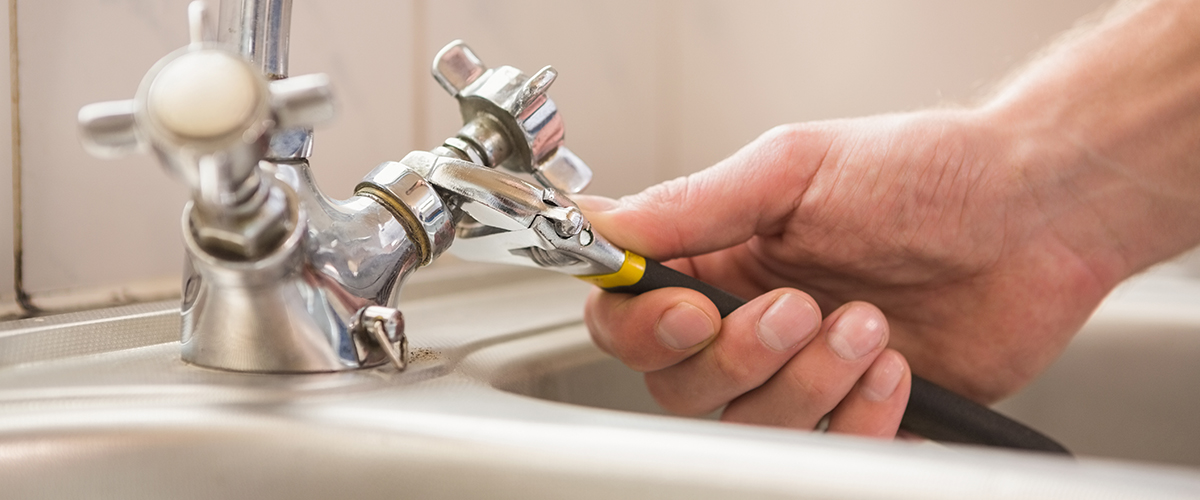When working as a plumber, you’re likely to encounter some unsavory spaces and substances. Whether you’ve had a run-in with a mold infested bathroom or you’ve broken a bone after a simple mishap on the job, every day has the potential to bring about new hazards. Here are the most common causes of plumbing injuries and how to prepare for, and ultimately avoid, them.
Confined spaces
Confined spaces—like sewers, pipes, boilers, storage tanks, pits, and ducts—often do not have safe oxygen levels, and can lead to serious short and long term medical conditions for plumbers exposed to unregulated spaces. Further, many plumbers may not be aware of (or try to ignore) their physical limitations, and end up with muscle or bone injuries when in awkward positions in these tight spaces. Always be aware of your surroundings and evaluate if a space is altogether safe before entering it. Thinking of what kind of air you’re breathing in or whether or not reaching your arm in a tight space is a good idea before you act will probably feel unnatural at first; after all, it’s putting a complete stop to your natural workflow. Nonetheless, making these checks is a vital first step to maintaining your safety.
Eye injuries
Sparks, chemicals, spraying water, bacteria, and other foreign objects can cause vision impairment or loss if they come in contact with your eyes. Luckily, this is one of the easiest hazards to prevent: always have your protective eye wear on during a job! Even if you aren’t expecting to face any substances or do a lot of manual labor, you never know when your face could come in contact with unexpected debris.
Extreme temperatures
Whether you’re working in the middle of the blizzard of the century or you’re out in Nevada with triple-digit temperatures, extreme conditions can pose a lot of risks for contractors on the job. Even if you’ve lived in the area your whole life and you think you’ve “acclimated”, it doesn’t take long for even moderate temperatures to become dangerous. In cold environments, wear plenty of layers and protect your extremities. In warmer areas, wear sun protection and hydrate, hydrate, hydrate! Many people don’t recognize heat-related illnesses right away. Take care of your body, even if you think you can “tough it out” or that you’ve seen worse. Don’t let the weather pose easily-avoided obstacles.
Hand tool injuries
Surprisingly, the basic hand tools we’ve been using for countless years (and not the new power tools) can pose some of the biggest threats to safety. Beyond hammering a thumb or dropping a wrench on your foot, non-power hand tools can actually lead to musculoskeletal disorders. No matter how familiar you are with the items on your tool belt, always wear the right protective gear and only use tools that are the right size for the job. To protect against long-term consequences, perform movements with a straight wrist and proper body posture.
Hazardous substances
Breathing in mold, encountering asbestos, or working with biohazard materials can all pose serious consequences for the uncareful plumber. When working, be sure to wear respiratory masks, long sleeves, and even gloves and goggles if the situation requires it. After the job is done, implement a rigorous cleaning routine to avoid any lingering substances. If working in an older building, ask the owners if asbestos was ever used in the past and work with caution.
Contractors can come across quite a few dangerous situations in the day-to-day grind. Using the right precautions and careful thinking, plumbers have the ability to avoid both short- and long-term consequences of on-the-job risks.






